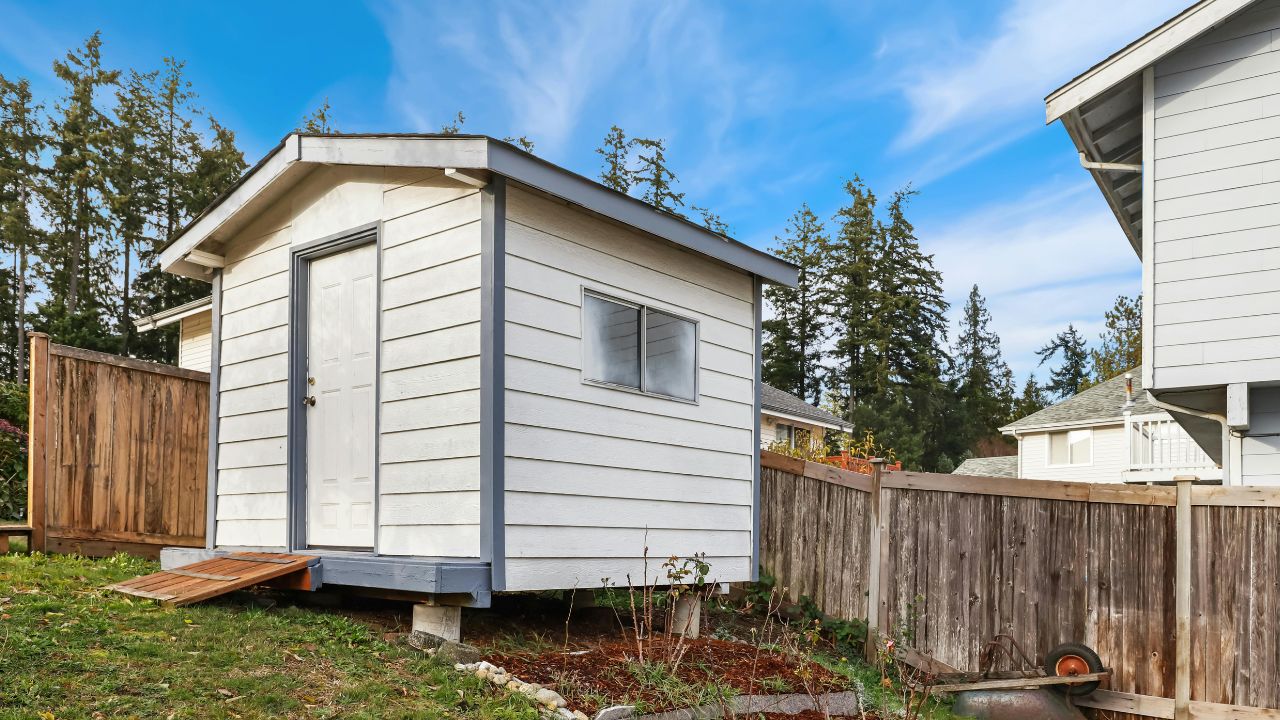When it comes to maintaining your property's landscape, one essential feature you might overlook is a retaining wall.
Over time, soil erosion, shifting ground, and water runoff can cause serious issues that threaten the structural integrity of your yard. But how do you know when it's time to install one?
The signs aren't always obvious. If you’ve noticed uneven ground or a decline in the appearance of your yard, it could be more than just cosmetic.
You might be facing potential damage that a retaining wall could prevent. Keep reading to discover 10 clear indicators that your property might need this essential structure.
1. Soil Erosion
If your garden or lawn has started showing signs of erosion, such as uneven areas or exposed roots, it's a clear sign that your property is at risk. Soil erosion can be gradual, so it may not be obvious until the damage is significant. A retaining wall can help prevent further erosion and keep your yard looking pristine.
2. Water Drainage Issues
Water pooling in certain areas of your yard, especially after heavy rainfall, is a sign that the landscape is not properly graded. A retaining wall can redirect water away from vulnerable areas and prevent future water damage.
3. Shifting Ground or Settling
Uneven ground or a noticeable shift in your yard's landscape could indicate that the ground is settling or shifting. A retaining wall can help stabilize the ground and prevent further settling that could damage your property.
4. Steep Slopes
If you have a sloping yard, especially one that is too steep to manage, a retaining wall can help break up the slope into manageable levels. This not only improves the aesthetics of your yard but also adds functionality.
5. Cracked Foundations
Cracks in the foundation of your home or any outbuildings on your property can be a result of soil movement. A retaining wall can help stabilize the ground around your home and protect your foundation from future damage.
6. Uneven Lawn Areas
If certain areas of your lawn are higher or lower than others, it can be a sign of soil movement or erosion. Installing a retaining wall can help level out your lawn and create a more even surface for landscaping.
7. Mudslides or Landslides
In areas with heavy rainfall, mudslides or landslides can become a serious concern. If you live in a region prone to these issues, installing a retaining wall can act as a barrier, preventing the movement of soil.
8. Vegetation Struggling to Grow
When plants or grass have trouble thriving in certain areas of your yard, it may be due to poor drainage or unstable soil. A retaining wall can improve soil conditions and create a better environment for your plants to grow.
9. Exposed Rocks or Roots
If you're seeing more exposed rocks or roots than you'd like, it could be a sign that the soil is washing away. A retaining wall can help keep the soil intact and prevent further exposure of underlying layers.
10. Aesthetic Appeal
A retaining wall doesn’t just serve a functional purpose; it can also enhance the beauty of your yard. If you're looking to elevate the appearance of your landscape while solving structural issues, a retaining wall could be the perfect solution.
Protect Your Property with a Retaining Wall
If you’ve noticed any of the signs mentioned above, it's time to consider installing a retaining wall. Not only does it protect your property from further damage, but it also enhances the overall look and function of your outdoor space.
Don't wait for the damage to worsen—take action and invest in your property’s future with a sturdy retaining wall.













